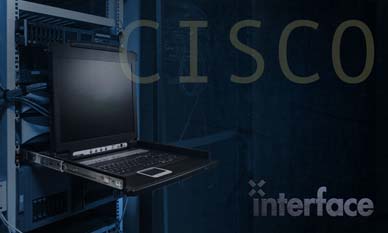
x
Course: Outline
Understanding the Architecture for Emergency Calls
- Introducing Cisco Emergency Responder
- Cisco Emergency Responder
- Cisco ER Deployment Models
- What Happens When an Emergency Call Is Made
- Cisco Unified Communications Manager Configuration for Cisco Emergency Responder
- System Interactions During Emergency Calls
- Configuring Cisco Unified Communications Manager Support Components
- Integration of Cisco Emergency Responder with Cisco Unified Communications Manager
- Cisco Emergency Responder Interfaces
- Cisco Emergency Responder Administration Interfaces
- Initial Configuration of Cisco Emergency Responder
- Initial Cisco ER Configuration
- Creating ERLs
- Working with Energy Wise
- Using Cisco Emergency Responder with Intrado V9-1-1 Services
- Configuring Users and Role-Based System Access
- Using the Cisco ER User Interface
- Working with ALI Records
- Understanding the Disaster Recovery System
LABS:
- Lab 1: Connect to and Set Up Remote Lab Environment
- Lab 2: Configure CUCM to Send Emergency Calls to CER
- Lab 3: Configure CER to Accept and Route Emergency Calls
- Lab 4: Verify Outbound and Inbound Emergency Dialing and Alerts
- Lab 5: Using the Cisco ER User Interface
- Lab 6: Working with ALI Records
- Lab 7: Implementing CUCM Emergency Call Handlers
- Lab 8: Performing a Backup of CER
Prerequisites
To fully benefit from this course, students should have the following prerequisite skills and knowledge:
- Understanding of Cisco Unified Communications Manager configuration and operation is required for this course
What You Will Learn
After completion of this course, students will be able to...
- E911 architecture and terminology
- CER installation requirements
- How the CER and CUCM systems route E911 calls
- Configure CUCM for integration with CER
- Configure CER for integration with CUCM
- Add and configure ERLs and ELINs
- Configure CER users
- Backup and restore a CER system
 Print Page
Print Page